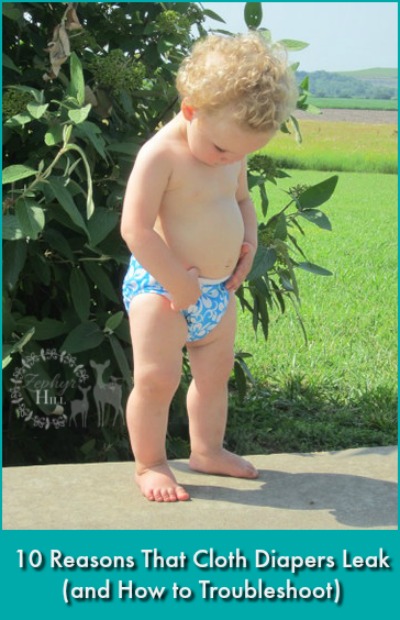
Any diaper can leak, disposable or cloth, but cloth diapers tend to have a better track record and brands often tout this in their marketing. That’s why parents may be taken aback when a cloth diaper leaks. They think it’s “abnormal,” which isn’t really true, because leaks are not always due to user error or a problem with the diaper itself.
Take a look at this list of possible causes and you’ll see what I mean. I’ll also share some troubleshooting tips.
ABSORBENCY
Placement: The absorbent part of the diaper may simply be in the wrong place. Boys tend to wet more up front, girls in the back, but it’s not a hard and fast rule, so experiment and see what works best. Next time you have a leak, play Sherlock Holmes and use your hand and your eyes to gauge where most of the wetness end up. If you have a baby boy, make sure things are lined up straight (anatomically-speaking), so that the mess doesn’t go to one side or the other (this usually causes leg leaks).
Fabric: Cotton, bamboo, hemp and microfiber have different properties. Some absorber faster than others. For example, if your baby floods a diaper very quickly, the slow and steady absorbency of hemp may not be best. Try bamboo instead. Or a microfiber insert topped with fleece or bamboo. My favorite “combo” insert is the Thirsties Stay Dry Duo, available at Nicki’s with free shipping.
Quantity: You’d be amazed at what might be necessary to hold a heavy wetter. Sometimes you’ll need two boosters. Or a change of fabric (hemp instead of cotton, for instance). As long as your cover or diaper is roomy enough, you should be able to add additional absorbency as needed. Geffen Absorbers are my top choice because they don’t add very much bulk. Plus, they are USA-made.
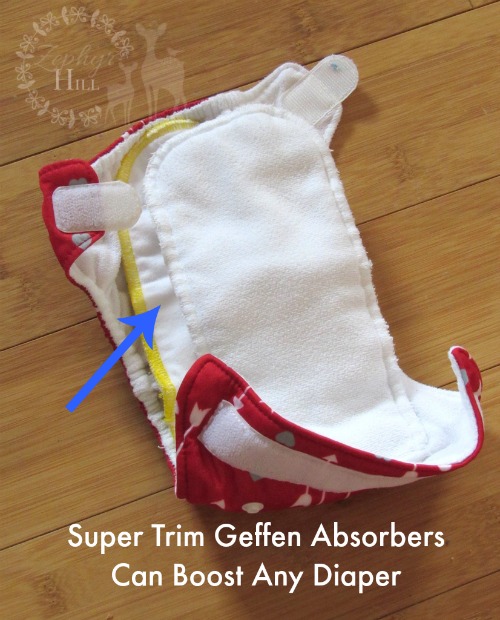
Ages and Stages: Babies’ habits and behaviors change as they grow. A toddler might start holding it in and then letting it go all at once. This can cause diapers that were working fine to suddenly start leaking, even if the absorbency level is spot on. And of course, they’re output is simply going to increase as they get older. The change might happen quite suddenly, and your first clue would be leaks.
FIT
Legs: Are they snug enough? After the diaper is on, use your finger to ensure that the leg openings are snug but not constricting. There shouldn’t be gaps. If your baby has very skinny legs, snap up the rise, and also try grasping the wings on either side and pulling them up on either side, so they stick up a little past the waistband. This Thirsties video demonstrates.
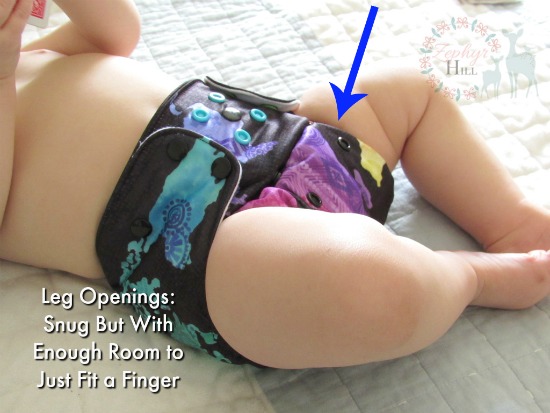
Waist: Does it sag down or gape open? Adjust the waist snaps first, and if more fine tuning is needed, trying going up or down a setting in the rise.
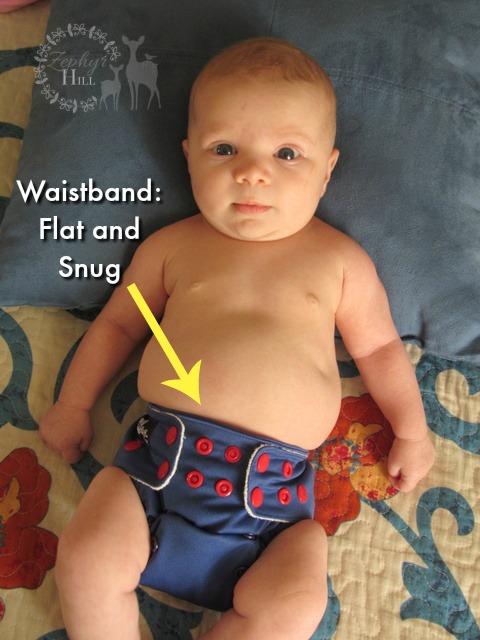
Compression: A common cause of wicking is your child’s clothing fitting too closely to the waistband or leg openings. “Onesies” are notorious for getting damp in the area right around the leg gussets. Make sure your child’s clothing isn’t restrictive, do more frequent changes (before saturation point) or let him wear the diaper with no bottoms on. Another option is to snap only the middle snap of the Onesie; leave the two at the sides undone and they won’t press against the leg gussets.
Put on an extra absorbent diaper when he’s going to be strapped tightly into a carseat because the buckle will press against it.
CARE
Repelling: Stuff can build up on your diapers and cause them to be less absorbent. Could be ammonia or rash cream. Follow the manufacturer’s instructions to “strip” your diapers and get a clean start.
Prepping: Certain diaper fabrics get more absorbent with use and washing. These include natural fibers like cotton and hemp. Synthetics like microfiber and bamboo don’t apply. Make sure you fully prep natural diapers according to the manufacturer’s instructions; they are not all the same, and there’s not a one-size-fits-all answer.
QUALITY
Defects and Damage: Every once in a while, it happens. Cloth diapers can and do leak because of faulty workmanship, whether intentional or accidental. Poor quality PUL (the thermal plastic backing), tiny holes in the stitching, or poor design can all lead to problems not explainable by any of the above, so reach out to the shop you purchased from for help and warranty claims. Be sure to have clear pictures ready of the problem areas, or diaper damage.
If you see consistent wicking/leaks from the area around the sewn-on tag (not all brands have this), check with the manufacturer and see if they advise sealing the PUL. If the damage occurred by accident (like in the washing machine), take a look at these diaper repair tutorials.
If you bought used and it’s a case of the seller not disclosing a flaw, use Paypal’s buyer protection process to file a claim. Screenshots of the transaction (i.e. a picture of the Facebook post with description) will help your case tremendously.
And since no diaper is immortal, it’s going to fail at some point, but you can still find ways to repurpose.
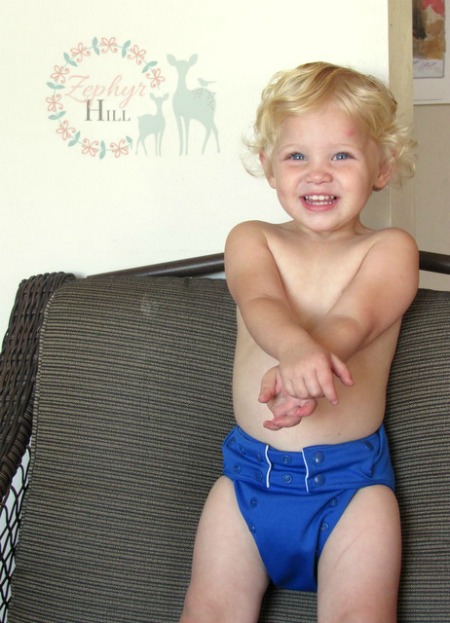
If you have any leaky diaper troubleshooting questions OR tips to share, please use the comment feature below!

I just had a baby boy. My first is a girl. Diapering him really is a different experience!
This is a really helpful post for new mothers!
These cloth diapers are so different than the ones we had to use at first. These are so cute and would make a great gift idea for showers! Thank you for sharing this great information about dealing with leaks
I wish I had all this information when I started cloth diapering our oldest!
This is great information for the next couple months when we cloth diaper my nephew. Thanks!!